Ancient news stories

About 70 million years ago, an ostrich-like dinosaur brooding atop a nest of blue-green eggs met its doom, perishing with its nearly-hatched babies in what is now southern China.

The Greenland ice sheet has been there for a long time. As near as we can tell, it could have been extensive as early as 45 million years ago.

When Neanderthals, Denisovans and homo sapiens met one another 50,000 years ago, these archaic and modern humans not only interbred during the thousands of years in which they overlapped, but they exchanged ideas that led to a surge in creativity, according to a leading academic.
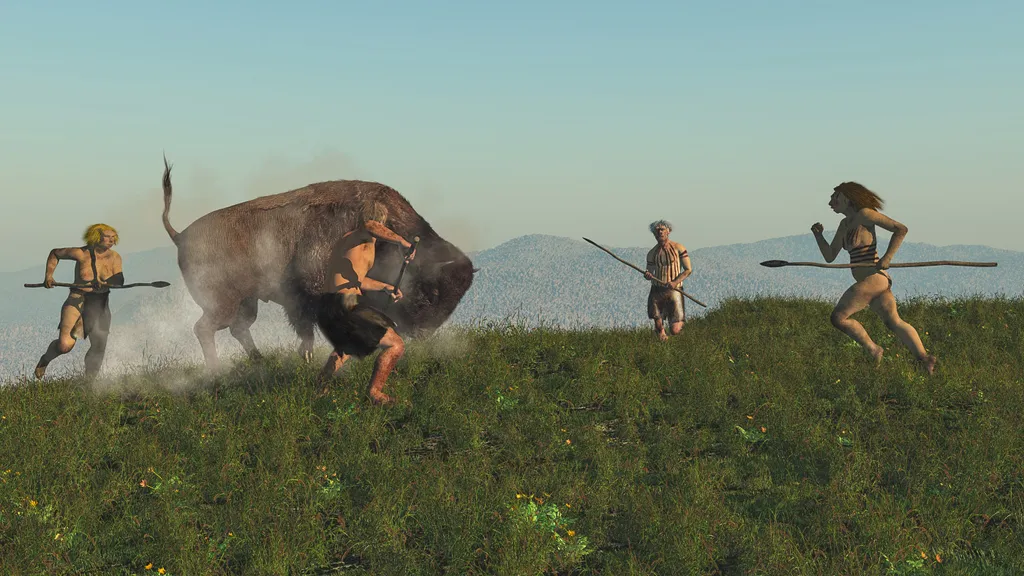
Over the course of the Pleistocene epoch, between 2.6 million years ago and 11,700 years ago, the brains of humans and their relatives grew. Now, scientists from Tel Aviv University have a new hypothesis as to why: As the largest animals on the landscape disappeared, the scientists propose, human brains had to grow to enable the hunting of smaller, swifter prey.
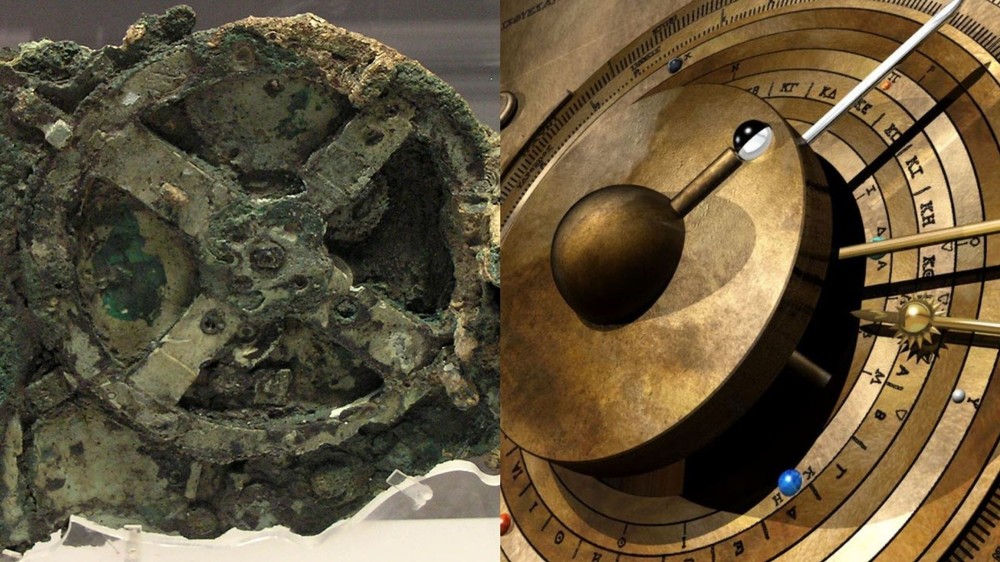
A digital model has revealed a complex planetarium on the ancient device’s face. “Unless it’s from outer space, we have to find a way in which the Greeks could have made it,” researchers say.

Sobek, crocodile-headed god of the Nile; Sekhmet, leonine goddess of war; Anubis, jackal god of the underworld; and Hathor, mother goddess with a cow’s horns: The ancient Egyptian pantheon of gods was filled with divine animals.

Earth and giant meteorites go way back, but new research confirms that what had been proposed as the oldest impact crater on the planet – the 100-kilometer (62-mile) wide Maniitsoq structure – isn’t actually an impact crater at all.
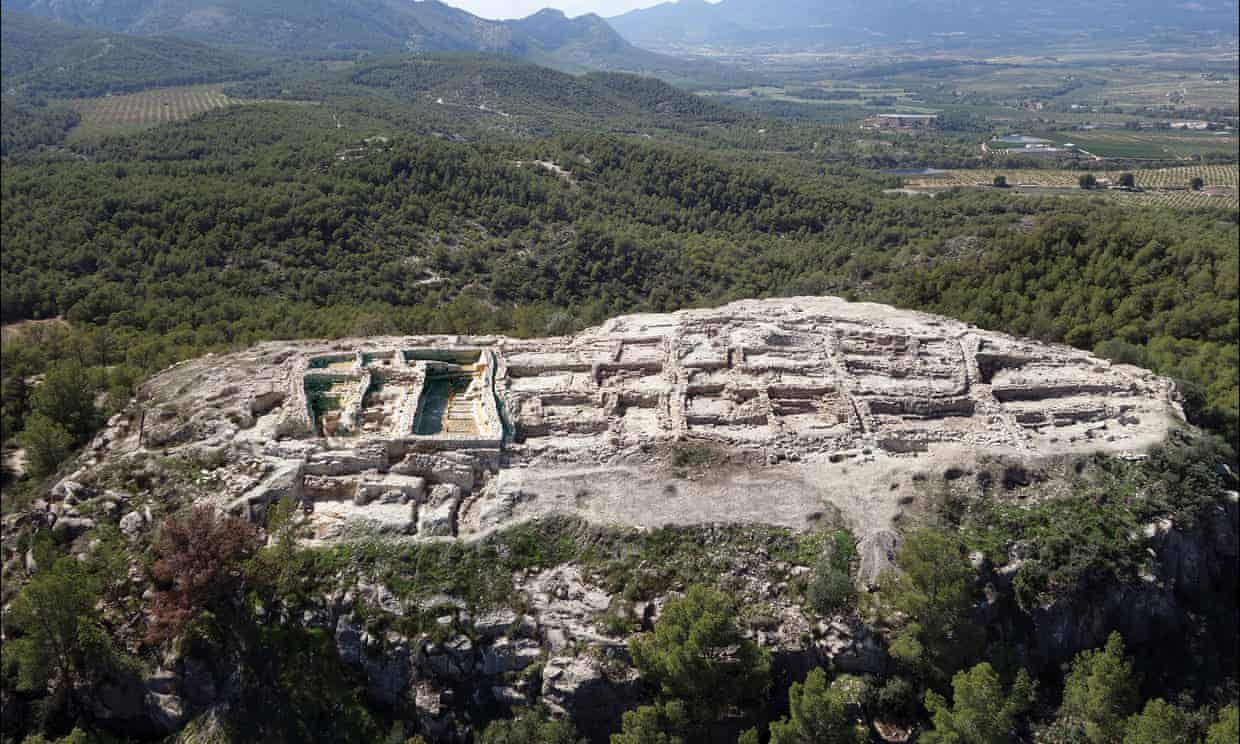
A burial site found in Spain – described by archaeologists as one of the most lavish bronze age graves discovered to date in Europe – has sparked speculation that women may have been among the rulers of a highly stratified society….

Scythian people of ancient Ukraine led more complex lives than commonly assumed, according to a study published March 10, 2021.

A lump of a rare meteorite that lit up the night sky over the UK and northern Europe last week has been recovered from a driveway in Gloucestershire.
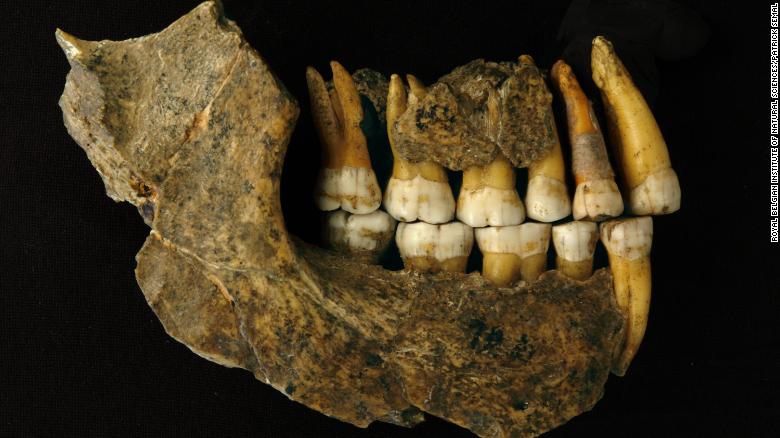
Neanderthal remains believed to belong to some of the last survivors of the species in Europe are thousands of years older than once thought, according to a new study.

The Spiros were once “the single most powerful group ever to exist” in North America. This groundbreaking new exhibit in Oklahoma shares their story.

The earliest multicellular organisms may have lacked heads, legs, or arms, but pieces of them remain inside of us today, new research shows.

Archaeologists in Egypt have discovered the oldest pet cemetery on record — a nearly 2,000-year-old burial ground filled with well-loved animals, including the remains of cats and monkeys still wearing collars stringed with shell, glass and stone beads, a new study finds.
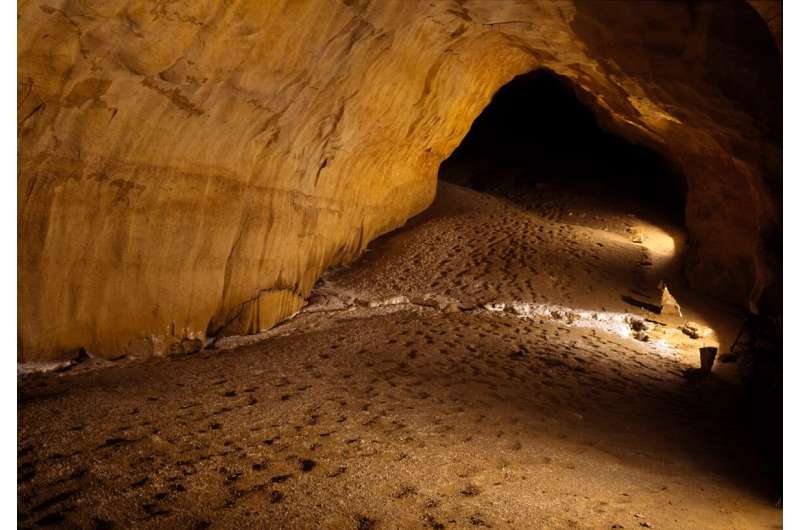
The CENIEH has participated in the study of the prints of bare feet found at the Sala y Galerías de las Huellas site in the Ojo Guareña Karst Complex (Burgos), which are the marks left in a soft floor sediment of an exploration by a small group of people between 4600 and 4200 years ago.

A tiny burnt hazelnut shell found on the Threave Estate near Castle Douglas has been radiocarbon dated back to the Mesolithic period.








